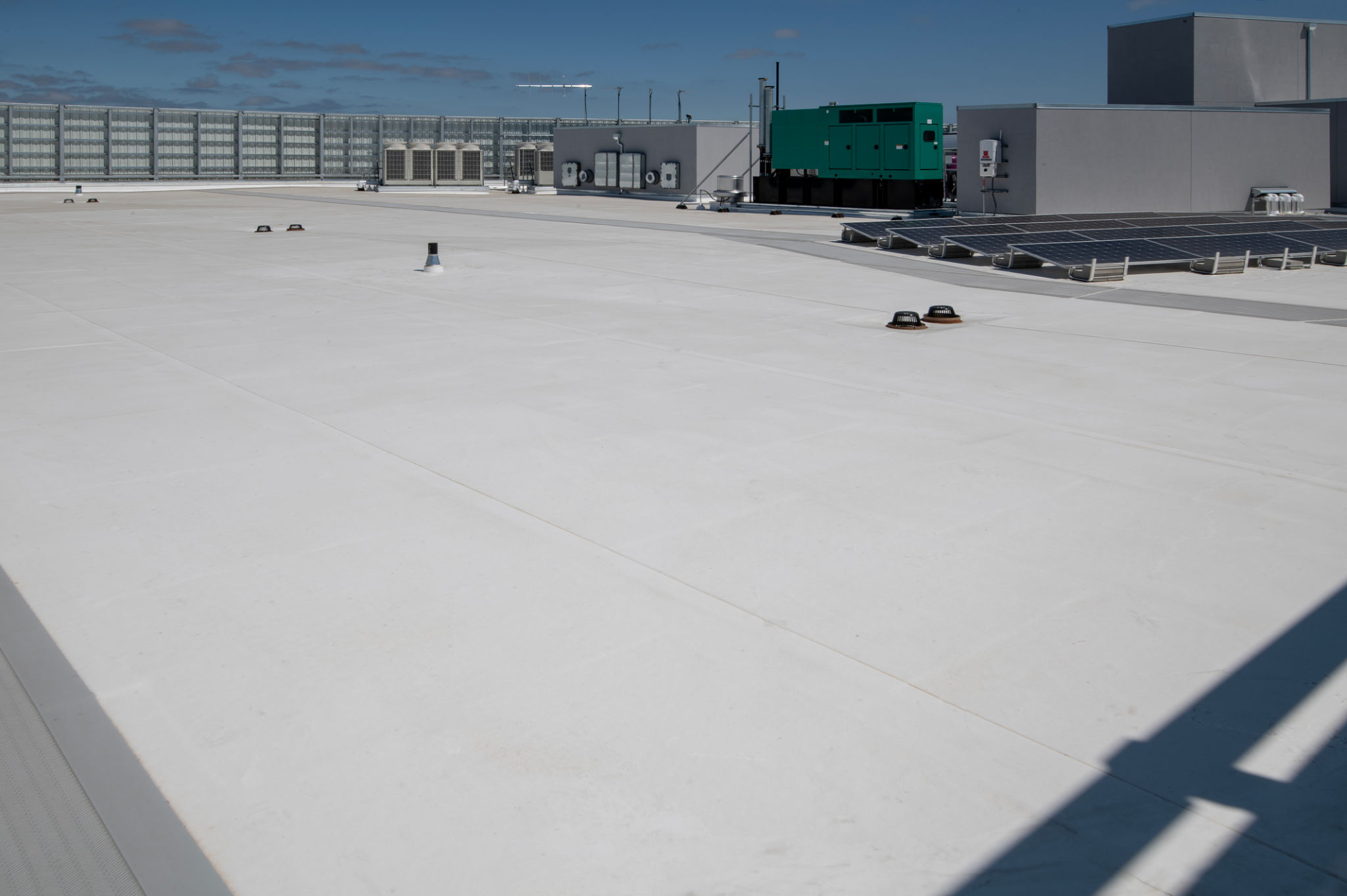Commercial Roofing Solutions: Key Considerations for Business Owners
Understanding the Basics of Commercial Roofing
Commercial roofing is a crucial aspect of any business structure, providing protection and enhancing the building's overall aesthetics. The choices you make regarding your commercial roof can significantly impact the longevity and efficiency of your business operations. Before diving into the different types of commercial roofing solutions, it's essential to understand the basic elements involved in commercial roofing.

Primarily, commercial roofs are designed to be more durable and weather-resistant than residential roofs. They often feature materials like TPO, EPDM, and PVC, which are known for their strength and versatility. These materials are chosen based on the building's specific needs, including climate conditions and architectural style.
Types of Commercial Roofing Solutions
TPO and EPDM Roofing Systems
Thermoplastic Olefin (TPO) and Ethylene Propylene Diene Monomer (EPDM) are two popular choices for flat commercial roofs. TPO is known for its reflective properties, helping to reduce energy costs through better insulation. EPDM, on the other hand, is renowned for its durability and flexibility, making it suitable for a variety of climates.
Both TPO and EPDM systems offer distinct advantages, but they also come with specific installation requirements. It's crucial to work with experienced roofing professionals who understand these systems' intricacies to ensure a successful installation.

Metal Roofing Options
Metal roofing has gained popularity due to its longevity and sustainability. Ideal for various architectural designs, metal roofs offer excellent protection against harsh weather conditions. They are also fire-resistant and can be made from recycled materials, enhancing their eco-friendly appeal.
One of the significant benefits of metal roofing is its low maintenance requirements. With proper installation and occasional inspections, metal roofs can last several decades. However, the initial cost can be higher than other roofing options, which is an important consideration for budget-conscious business owners.
Key Considerations for Selecting a Commercial Roof
Budget and Cost-effectiveness
When selecting a commercial roofing solution, *budget* is often the first consideration. While initial costs are important, it's essential to evaluate the long-term benefits and maintenance expenses associated with each type of roofing material. Investing in a higher-quality roof might be more cost-effective in the long run due to reduced repair and energy costs.

Climate and Environmental Impact
The local climate plays a significant role in determining the most suitable roofing solution. For instance, in areas with high temperatures, reflective roofs like TPO can help reduce cooling costs, while metal roofs are ideal for regions prone to heavy rainfall or snowfall due to their durability.
Additionally, consider the environmental impact of your roofing choice. Opting for materials that are recyclable or have a longer lifespan can contribute positively to sustainability efforts.
Professional Installation and Maintenance
A successful commercial roofing project hinges on professional installation. Ensure you select a reputable contractor who has experience with the specific roofing material you choose. Proper installation ensures that the roof performs optimally and lasts as long as possible.
Maintenance is another critical aspect of commercial roofing. Regular inspections and timely repairs can prevent minor issues from escalating into costly problems. Establishing a maintenance schedule with your roofing contractor can help extend the life of your roof and protect your investment.